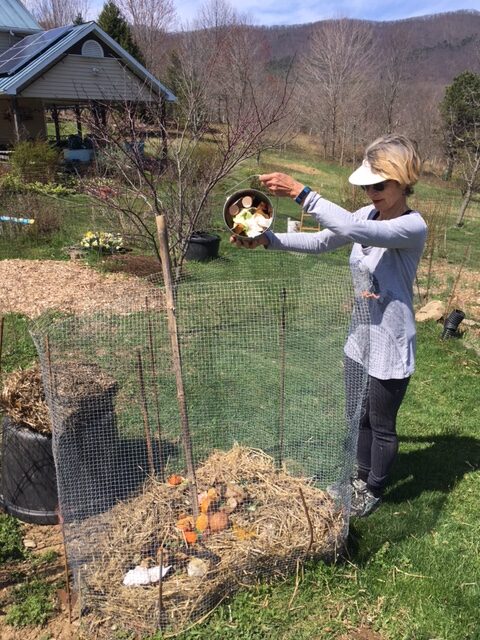 What’s the key to having fun and success with your composting? Keeping those kitchen chefs happy -- and we don’t mean the ones in your house. There’s a lot of life happening in your Earth Machine and local compost guru, Phyllis Fevrier, shares her best tips for keeping your decomposing chefs thriving. Thanks, Phyllis!
What’s the key to having fun and success with your composting? Keeping those kitchen chefs happy -- and we don’t mean the ones in your house. There’s a lot of life happening in your Earth Machine and local compost guru, Phyllis Fevrier, shares her best tips for keeping your decomposing chefs thriving. Thanks, Phyllis!
Compost starts with creating HABITAT! Creating the right habitat for the hungry decomposers to survive and grow is easy. We can use our own “green” and “brown” materials.
Who are these tiny chefs, our decomposers?
In this composting cafe, we find earthworms, springtails, pill bugs, fungus and bacteria all working together to find and share nourishment from the greens and browns we provide.
What is the best recipe for our ambitious little decomposing chefs to make a finished compost meal?
These tiny decomposers need both carbon and nitrogen in their diet. Greens like food scraps, grass clippings, and weedy green leaves are high in nitrogen, and digestible sugars and starches, but they are low in carbon. Browns are very high in carbon yet harder to digest (sawdust, dried leaves, hay, straw, paper). These chefs need a good ratio of greens to browns to thrive, about 1:3-4 per volume. With the right mix, plus air and water, decomposers have what they need to survive. They’ll be able to reproduce, prosper, and break down the greens and browns into rich compost.
To keep your composting café active, layer 3-4 inches of browns over every 1 inch of greens. Repeat this recipe over time. Make sure the compost gets a little air (use shovel or pitchfork to lift it up occasionally) and stays moist. This mix of greens and browns gives the right nutritional balance for the tiny decomposer chefs who in turn transform our waste into rich food for the soil.
Got more questions? Check out the Composting FAQs or contact Boxerwood volunteer and Rockbridge Area Master Gardener Phyllis Fevrier at 540-460-9298 and leave a message. She will return your call.
